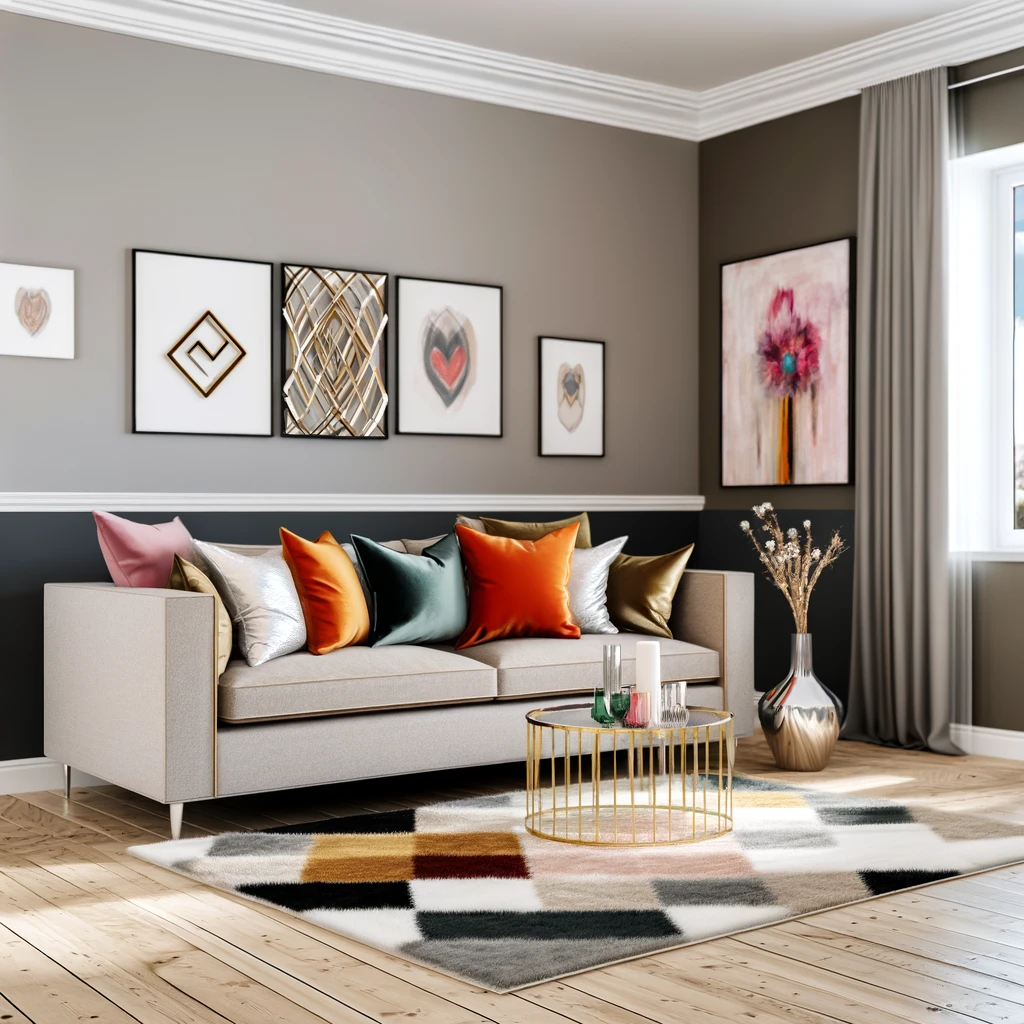Understanding the Basics of Home Design

In the vast and visually stimulating world of home improvement, design stands out as a fundamental element that transforms a mere space into a reflection of one’s personality, needs, and aesthetic preferences.
For those new to the concept of design, especially in the context of home remodeling and decorating, the journey can seem daunting. Yet, with a step-by-step guide, anyone can embark on this creative endeavor with confidence.
Table of Contents
Interior Design Trends: What’s Hot Right Now?
- Biophilic Design: Integrating natural elements into interiors to enhance connectivity to the outdoors.
- Sustainable Materials: Prioritizing eco-friendly and sustainable materials for a greener home.
- Smart Homes: Incorporating technology for enhanced functionality and convenience.
Furniture Selection: Marrying Comfort with Style
| Furniture Selection Aspect Tips | Description |
|---|---|
| Measure Your Space | Ensure your furniture fits comfortably without overcrowding. |
| Consider Lifestyle | Reflect on your daily activities and select furniture that supports these habits. |
| Quality Over Quantity | Invest in fewer, high-quality pieces that will last longer. |
Lighting: The Mood Maker
Lighting is the unsung hero of design. It can make a big room feel cozy, a small room feel spacious, and an ordinary room feel magical.
It’s all about layering – ambient light for overall brightness, task lighting for activities, and accent lighting to highlight your favorite spots. Play with it.
It’s like adding filters to your space, changing the vibe with the flick of a switch.
Lighting Strategies:
- Layered Lighting: Combine ambient, task, and accent lighting for a dynamic space.
- Natural Light: Maximize natural light with strategic window treatments and mirror placements.
- Innovative Fixtures: Choose lighting fixtures that act as statement pieces while providing functional light.
Color Theory in Design

Colors are more than just aesthetics; they’re the language of emotions.
Imagine your home as a canvas where each color choice reflects a chapter of your life.
Warm tones breathe energy into gatherings, while cool hues offer a sanctuary for reflection.
The magic lies in blending them to compose your unique emotional landscape.
Basic Color Theory Concepts:
- Complementary Colors: Colors opposite each other on the color wheel create vibrant spaces.
- Monochromatic Schemes: Using shades, tints, and tones of a single color creates harmony and sophistication.
- Warm vs. Cool Tones: Warm colors add coziness, while cool tones bring calmness to a space.
Exploring Architectural Styles
Every home has a story, often told through its architectural style.
From the ornate details of Victorian homes to the sleek lines of modern architecture, understanding these styles can deepen your appreciation for your home’s design and guide your interior choices.
Popular Architectural Styles:
- Victorian: Characterized by intricate detailing, vibrant colors, and ornamental facades.
- Mid-Century Modern: Known for its simplicity, connection with nature, and clean lines.
- Industrial: Features raw materials, exposed brick, and a utilitarian approach to design.
Space Planning: The Art of Layout

| Space Planning Aspect | Tip |
|---|---|
| Function First | Identify the primary function of each room and plan accordingly. |
| Flow of Movement | Ensure there’s a logical flow between spaces, minimizing obstructions. |
| Focal Points | Create focal points in each room to draw the eye and anchor the design. |
Sustainable Design: Thinking Forward
Embracing sustainable design means making choices today that ensure a healthier planet tomorrow.
It’s about finding beauty in materials and practices that are kind to the earth.
Think reclaimed wood with stories etched in every grain, LED lights that mimic the spectrum of sunlight, and plants that bring a piece of the outside world in.
Sustainable Design Practices:
- Eco-Friendly Materials: Choose materials that are renewable, recyclable, or have a low environmental impact.
- Energy Efficiency: Invest in energy-efficient appliances and fixtures to reduce your home’s energy consumption.
- Indoor Air Quality: Use non-toxic paints and materials to improve indoor air quality.
Textiles and Patterns: The Finishing Touches
Textiles and patterns add warmth and personality to your space. They’re the final layer that pulls everything together, from the soft throw on your sofa to the curtains framing your windows.
- Texture Tip: Mix textures for depth and interest. Combine smooth silk with rough linen, or soft velvet with crisp cotton.
Wall Decor and Art: Express Yourself
Art and wall decor are where your personality shines brightest. They tell your visitors what you love, where you’ve been, and what inspires you. Think of your walls as galleries of your life.
- Art Advice: Art doesn’t have to be expensive. Postcards, children’s drawings, or pages from vintage books can all be framed to create meaningful, personal artwork.
Window Treatments: The Eyes of Your Home
Window treatments offer both form and function, providing privacy, controlling light, and adding a soft layer of texture and color to your rooms.
Designing your home is a journey of discovery, where every choice is a reflection of your unique identity and lifestyle.
It’s about creating a space that welcomes, inspires, and comforts. As you embark on this adventure, remember, that there are no wrong choices in design, only opportunities to learn, grow, and refine your personal aesthetic.
For an in-depth exploration of home design basics, check out this essential guide Nadine Stay